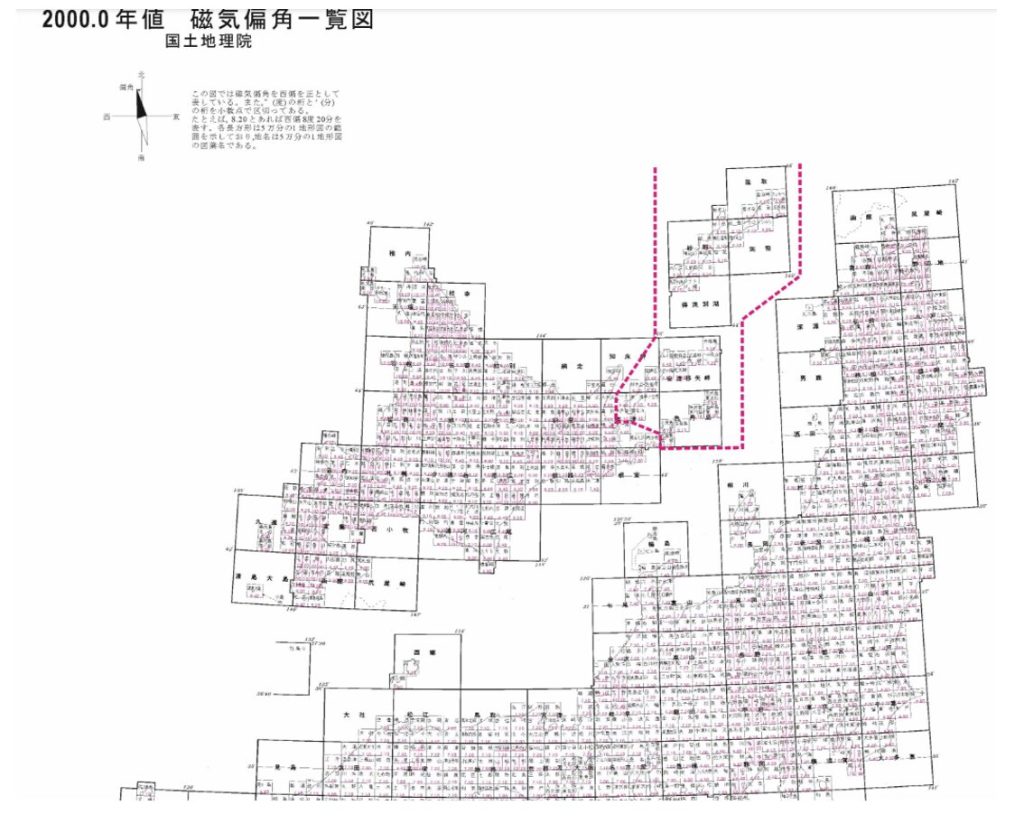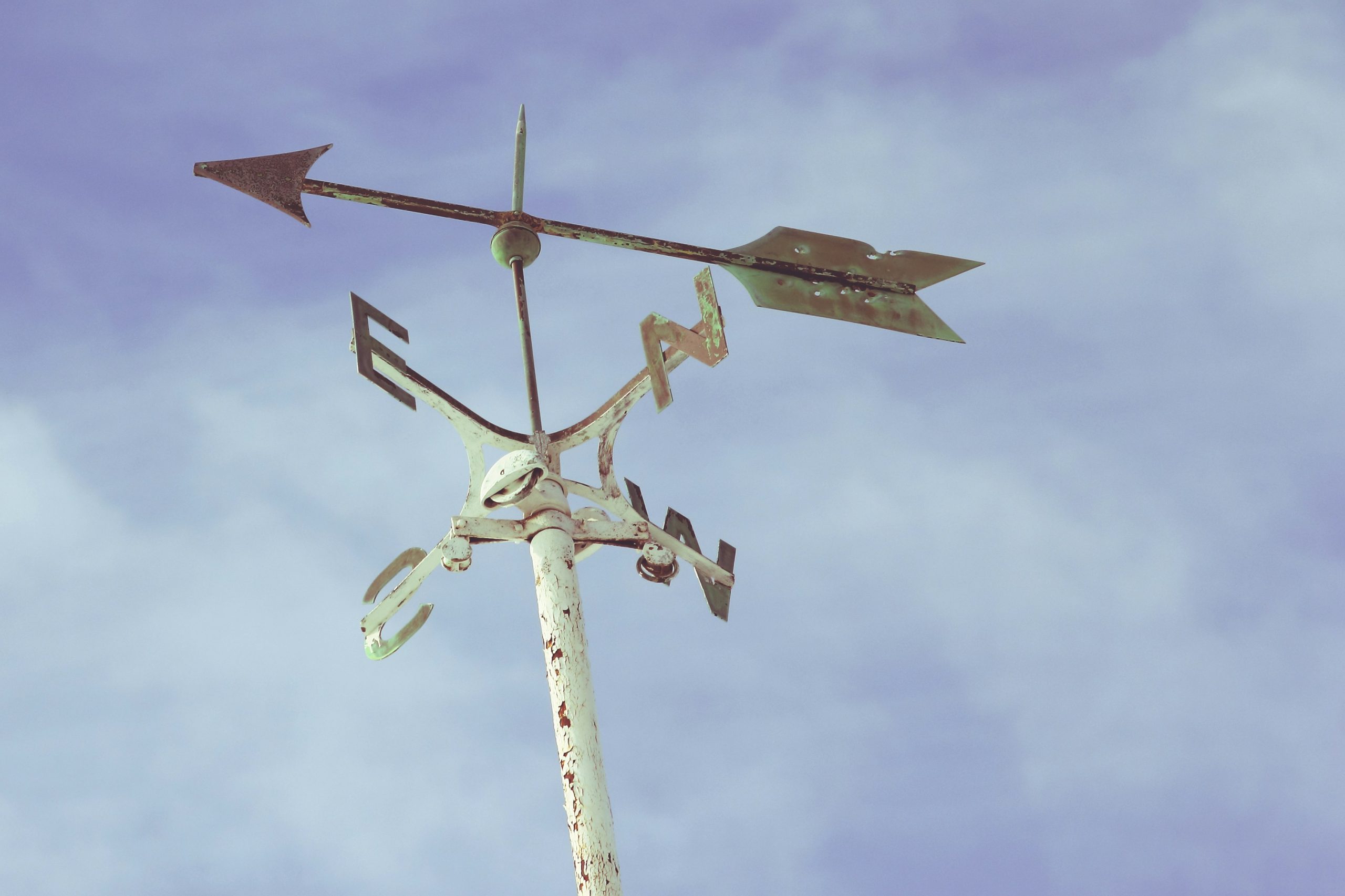Original Article: 【方位学って学んでおいた方が良いのですか?】不動産業者に必須な方位学の極意
The Art of Directional Studies Essential for Real Estate Agents
In recent years, I have been receiving an increasing number of consultations regarding directional studies from people who are considering purchasing real estate.
I am neither an authority on divination nor an expert on this subject.
I do not deny it outright, but I do not believe in blind faith.
As the saying goes, “If it hits you, it will hit you; if it doesn’t, it won’t.” Fortune telling is not always accurate.
In fact, the “Barnum effect” in psychology can even create the illusion of applying vague and general statements to oneself.
One theory says that the Japanese fortune-telling industry has a market size approaching one trillion yen. Logically, fortune telling is not worthy of trust.
Although there are some studies of divination from an academic perspective, the conclusion is that “divination cannot be justified” due to lack of scientific evidence such as lack of reproducibility (divination results are not reproducible and cannot provide accurate predictions), lack of verifiability (divination claims cannot be scientifically verified), placebo effect (divination effects are only due to psychological factors), and other factors. The view that “fortune telling cannot be justified” is based on the following reasons.
However, the presence of a fortune telling corner in morning information programs shows that fortune-telling has a deep-rooted popularity that cannot be dismissed as unscientific.
It is said that the Japanese love of fortune telling is largely due to the influence of Shintoism.
The existence of familiar Shinto shrines may also have an influence on the mental landscape of Japanese people.
It is best to take in only the good aspects of fortune telling and not to worry too much about it.
However, when we are asked to make important decisions in our lives, it is human psychology to want to look to others for the opportunity to make a decision.
It is understandable to be particularly concerned about aesthetics when purchasing real estate, which in many cases is a “once-in-a-lifetime decision.”
Therefore, we, as real estate agents, need to have the knowledge to meet our clients’ needs.
Therefore, in this article, we will explain the origin and basic measures of cardinal direction.
The origin of Directional Studies
The prevailing theory about the origin of azimuth is that it originated in ancient China. However, there is a lack of written materials, and there are many theories that dispute the theory, so the view is not settled even today.
In Japan, animism, the belief in nature, or the existence of spirits in all things, including mountains, plants, and trees, was originally common.
The Japanese, who have always lived in harmony with nature through rice cultivation, fishing, hunting, and other activities, must have inevitably developed a belief in Shinto, or the belief in 8,000,000 gods, which refers to natural phenomena as “gods.”
It is believed that Shinto originated around the end of the Jomon period, when rice cultivation was introduced to Japan.
Shrines were built to enshrine these beliefs.
In Shinto, there are a wide variety of deities, including the deity “Ootokonunushi no Kami,” who presides over the whole land of Japan and is well known in the land-breaking ceremony, the local deity “Ubusunagami,” the god of the land, the god of the sea, the god of the mountains, and the god of commerce and learning.
Later, around 538, Buddhism was introduced from China, and while the “Shinto/Buddhist syncretism” occurred, in which Shinto and Buddhist beliefs were fused together, the “Shinto/Buddhist “segregationism” arose, in which Shinto and Buddhism should be kept at a distance in terms of rituals and ceremonies.
It is widely believed that the study of direction was introduced from China during the Nara period (710-794), when the Yin-Yang Five Elements Theory and bagua were introduced.
It is speculated that the unique evolution of the Japanese house divination was influenced and transformed by a mixture of various ideas, including Shintoism and Buddhism, as well as Yin-Yang and Five Elements theory, bagua philosophy, and directional studies.
The Japanese were adept at absorbing foreign knowledge and transforming it into a Japanese style.
Therefore, the Shinto and Buddhist landscapes must have blended well to form a unique view of azimuth.
Physiognomy of a House is Only One Part of Directional Studies
The most symbolic example of azimuth is Heian-kyo, which was built to protect and preserve the peace of the Kyoto masters.
Enryakuji Temple, Hiyoshi Shrine, Kibune Shrine, and Kuramadera Temple are located in the northeast to seal the Omoteoni-mon gate. Ishimizu Temple is located in the southwest to seal the Uraoni-mon gate.
Without going into the details of the history, zodiac orientation is merely a summary expression of the various techniques of orientation.
Feng shui, for example, is a directional technique that originated in China more than 4-5,000 years ago, and is more of an environmental philosophy than a divination technique.
Chinese feng shui aims to maximize the benefits from nature by harmonizing the chi of the three elements: the heavenly bodies, the chi of the human being, and finally the earth, the natural environment.
Feng shui is broadly divided into yin jia feng shui (good or bad luck for the burial site) and yang jia feng shui (good or bad luck for the building), with the latter having evolved primarily in Japan on its own.
When it comes to directional studies, many people probably think of nine-star astrology and house divination, in addition to feng shui.
For example, nine-star astrology differs from the traditional Chinese system of directional divisions in the way it divides the basic directions.
This is because 9-Star Astrology was compiled in the Taisho era (1912-1926) as a compilation of Chinese feng shui and various other directional techniques.
Similarly, house physiognomy was originally only a part of directional studies.
Although Japanese house divination has developed as a unique environmental science, its origins lie in the Chinese study of direction, which is a mixture of the Yin-Yang and Five Elements theories and bagua philosophy.
Since it was transformed from there to suit Japan’s unique climate, it is different from the traditional Chinese approach.
The main focus of Japanese house-physics is to prescribe specific measures and prohibitions in great detail for the northeast (鬼門) and southwest (裏鬼門) of a building.
In China, on the other hand, Shape Feng Shui or Raban Feng Shui is the mainstream, which analyzes the layout of a house by taking into account the resident’s date of birth, the age of the building, and the influence of surrounding topography such as mountains and rivers.
In Japanese house physiognomy, it is considered “bad luck” to place the entrance and water system in the “Omoteokimon,” which is poorly lit and poorly ventilated, and the kitchen in the “Uraokimon,” which is well lit and deteriorates food supply.
Today, water supply and drainage systems are in place, and food can be stored in refrigerators, but in the past, puddles of water in the front caused wood to deteriorate, and the house itself was at risk of tipping.
In this way, the study of house physiognomy has developed in line with the living environment of the time.
However, different branches and schools have different views of direction.
For example, when checking the “north” of a house, some schools use true north on a map as the standard, while other schools check “magnetic north” using a directional magnet on site.
In Hokkaido, where the original author works, there is a deviation of about 10 degrees between true north on a map and magnetic north.
The “West Deviation Angle Table” published by the Geospatial Information Authority of Japan (GSI) clearly shows that deviations occur in every region of Japan on the map.

If house physiognomy is an environmental science, it is natural to consider the layout of a house based on magnetic north.
The basic procedure for measuring magnetic north is to place a directional magnet in the palm of the hand to avoid the influence of static electricity, etc., and then take measurements at several points in the house to determine the average deviation.
For Clients Who are Adamant on House Physiognomy
We real estate agents need to avoid confusing physiognomy with divination and dismissing it outright.
As mentioned above, the genesis of home physiognomy is environmental science.
Therefore, it is not something that should be dismissed just from an academic standpoint.
If a client is concerned about the homes physiognomy, first listen slowly to gauge the degree to which he or she is adamant about it.
In doing so, do not discuss the credibility of the physiognomy.
It is important to be respectful of the client’s values.
However, it is a problem if they are so adamant that they miss out on properties that match their wishes.
For example, the aforementioned nine-star horoscope classifies people into nine astrological signs according to their year of birth, which is used to divine their fortune, compatibility, and other good and bad fortune, but it is also used for house divination.
In the past, when I asked a client who could not make a decision even though all the conditions such as price, layout, and location matched, he told me it was because the property was located in the Five Yellow Rays, which is a major negative direction.
If you say to them, “What are you going to do if you believe in superstitious fortune-telling?”
“It’s not always possible to find a property that perfectly fits your criteria so well,” they will more than likely to end the conversation.
If you are familiar with nine-star chi, you will probably suggest “hogakure,” which is a method of moving in the wrong direction.
In this method, instead of moving directly in a bad direction, one temporarily takes up residence in a rented house in a good direction (the property to be purchased must be in a good direction from the temporary residence), and then moves to the property to be purchased.
There are some disadvantages, such as the need to pay for moving and renting a house, but if it eliminates your psychological anxiety, you can discount it as a necessary expense.
If there is a problem with the layout of the house, for example, the “deficiency,” which is considered bad according to house physiognomy, there are known “escape routes” such as placing salt, thorny holly or other plants, decorating with pictures, or lighting up the house.
These should not be considered “contrivances.” They should be regarded as the wisdom of our ancestors, and should be utilized to the fullest.
While this requires knowledge of various schools, sects, and Shintoism, including house physiognomy, what is required of a real estate agent at a minimum is a basic concept of direction (e.g., Onimon, Uraokimon, the nine directions of nine star chi-square), a view of good and bad in a floor plan (e.g., treatment of chips, stairs, Buddhist rooms) and general handling methods (e.g., the ), how to see the good and bad in a floor plan (such as the lack of space, stairways, and the treatment of Buddhist rooms), and how to deal with them in general (such as wrong directions, hezui, planting trees).
It is difficult to acquire a wide range of knowledge, but it is important to have a minimum of knowledge necessary to service clients.
Summary
In Japan, the three biggest taboos in sales talk are “religion,” “politics,” and “baseball.”
I have not researched them in detail, but this may be a worldwide perception. All of these are sensitive areas which require the utmost care.
However, there are cases where a deal is concluded because both parties like the same baseball team, so it is not something that necessarily has to be avoided.
It is important to use interviews to find out the points that will open up the client.
The azimuthal studies explained in this article may also be classified as a religion in the broadest sense.
Although it originated in environmental studies, in an age when literacy was low and education was inadequate, it would have spread more quickly if it had been assumed that the direction of “Oninomon” was the path of “demons.” Similarly, miracle stories are essential to religion.
Since ancient times, people have longed for and feared mysteries, so it was necessary to explain unexplained phenomena as mysterious “powers” to make them add up.
This cannot be dismissed as unscientific.
It is not a conceit to think that we know everything.
For example, even today, only 17% of the biological and less than 5% of the cosmological fields are understood.
The world is full of wonders, so it is impossible to make any definite statement about the unexplained.
It is up to the individual to believe or not believe.
We need to understand this and provide the information to which our clients want.

For additional information or any questions please contact us here
Email: info@remax-apex.com

